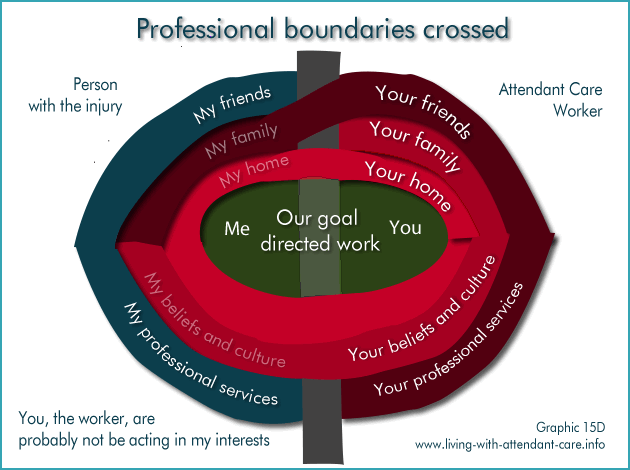- Resources Resources from this site and elsewhere
- Graphics: From this site
- Videos: From this site
- Fact sheets
- Books
- Organisations
- Other
Graphics: From this site
All the graphics with key messages used throughout this site are brought together here.
- Acquired
brain injury - Spinal
cord injury - Attendant
care - Experience of
attendant care - Getting attendant
care right






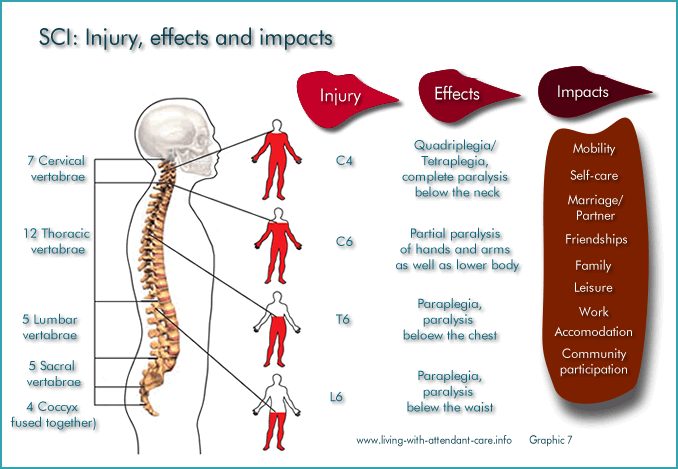
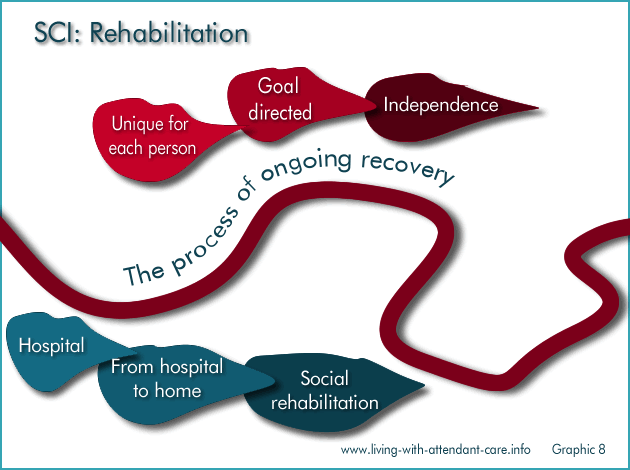
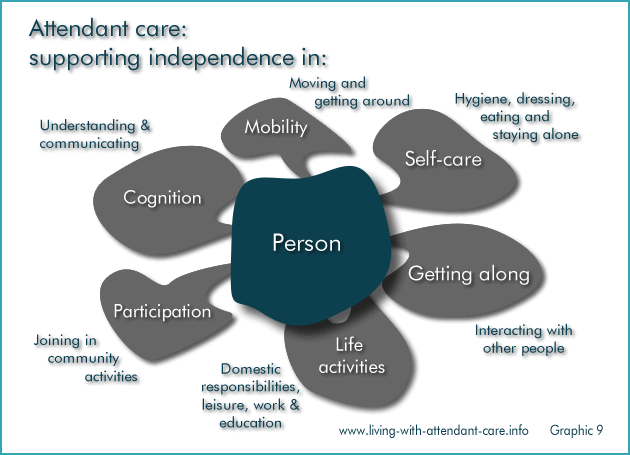
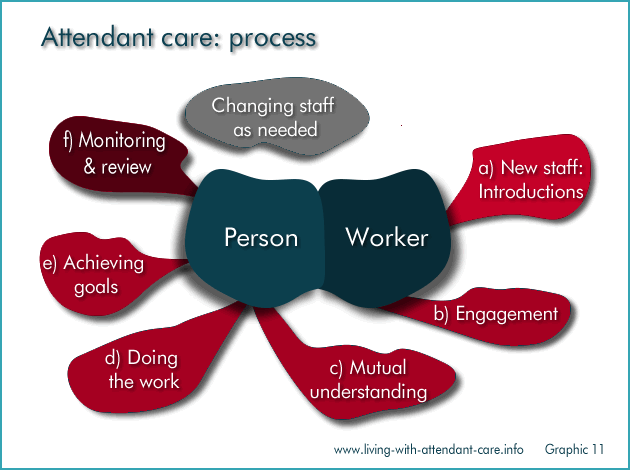

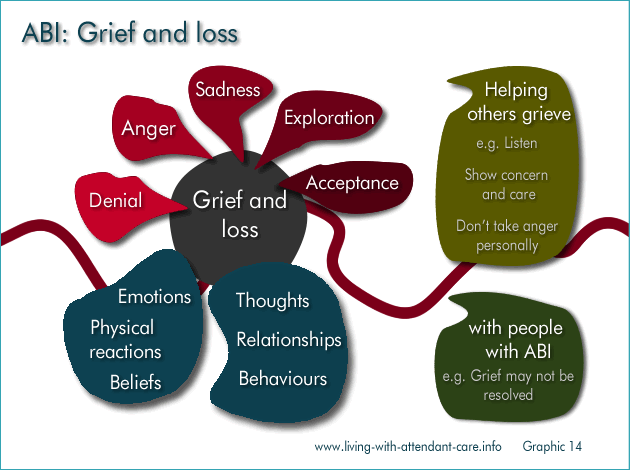
Professional Boundaries in place
Where professional boundaries are in place you are your worker are working together on achieving your goals.
There are clear boundaries between you and your worker. There is a clear line that separates your friends from their friends, your home from their home. Your worker is not, for example treating you or your family as their friends. Your worker is not for example treating your home as their home.
Your worker is always acting in your interests.
Your working is ensuring you are in control.
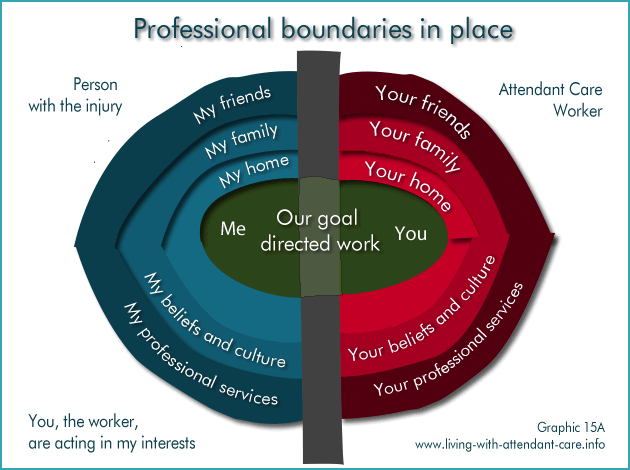
Professional boundaries crossed
Where professional boundaries are not in place your worker starts to act in ways that are in the workers interest, not in your interests.
For example the way the work does their work may be based on their culture and beliefs rather than yours. Your worker is not acting in your interests, but in their interests to be comfortable with their own culture.
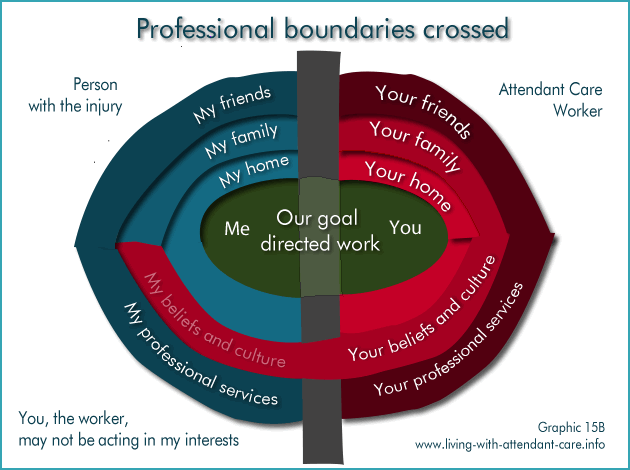
Once professional boundaries start to be crossed it is common for them to be crossed in additional areas.
For example the worker may start to organise your kitchen, or your house the way they want it so its more convenient for the worker.
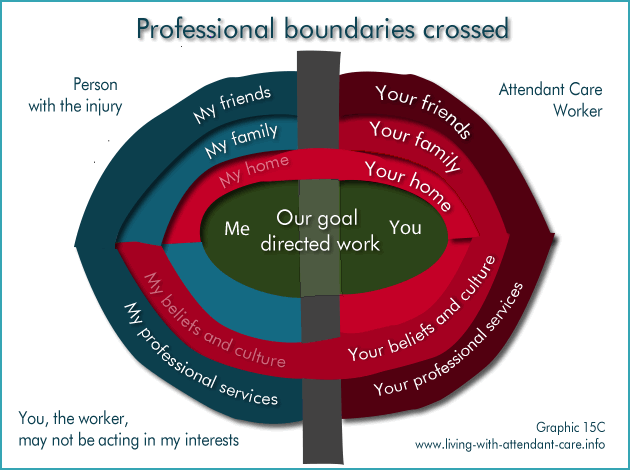
The worker may start to treat you family as their friends.
As each boundary is crossed it becomes more possible for the worker to be acting in their interests rather than your interests.
In the graphic below, there is less and less blue (you) and more and more red (worker) compared with the original graphic above where professional boundaries were in place.
The question for you and your worker to keep focused on is:
- In whose interests are you, the worker, acting?
